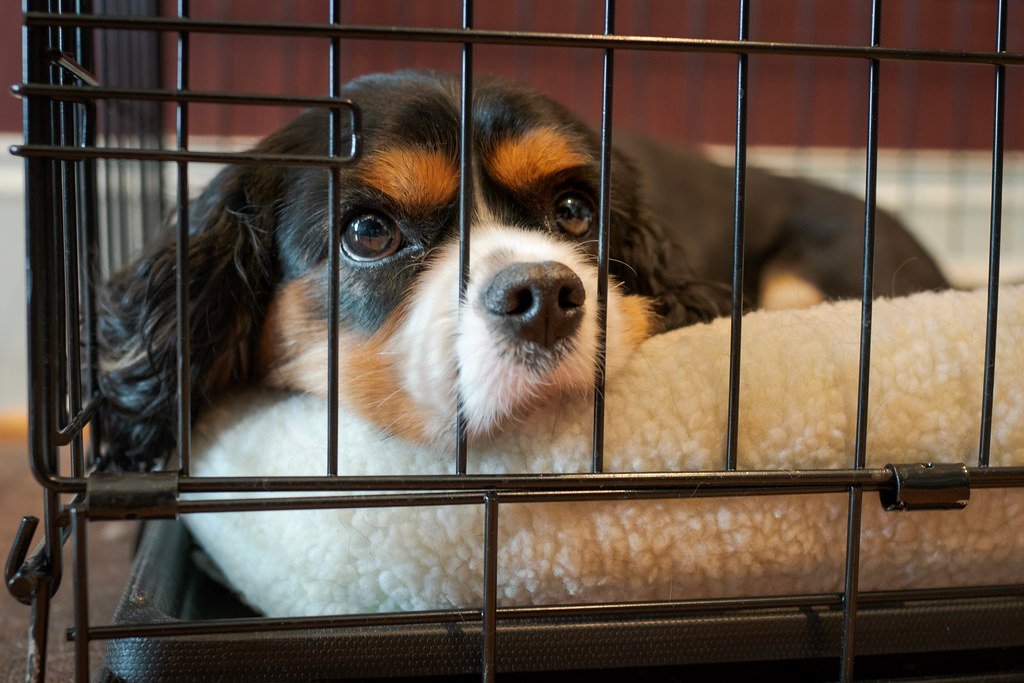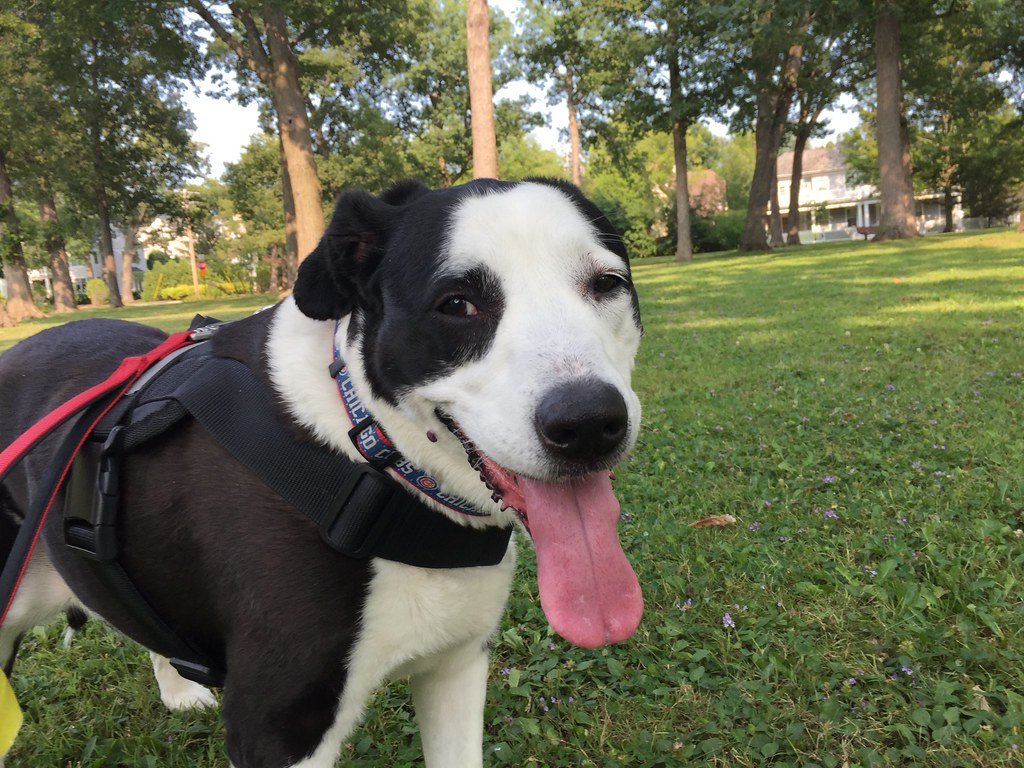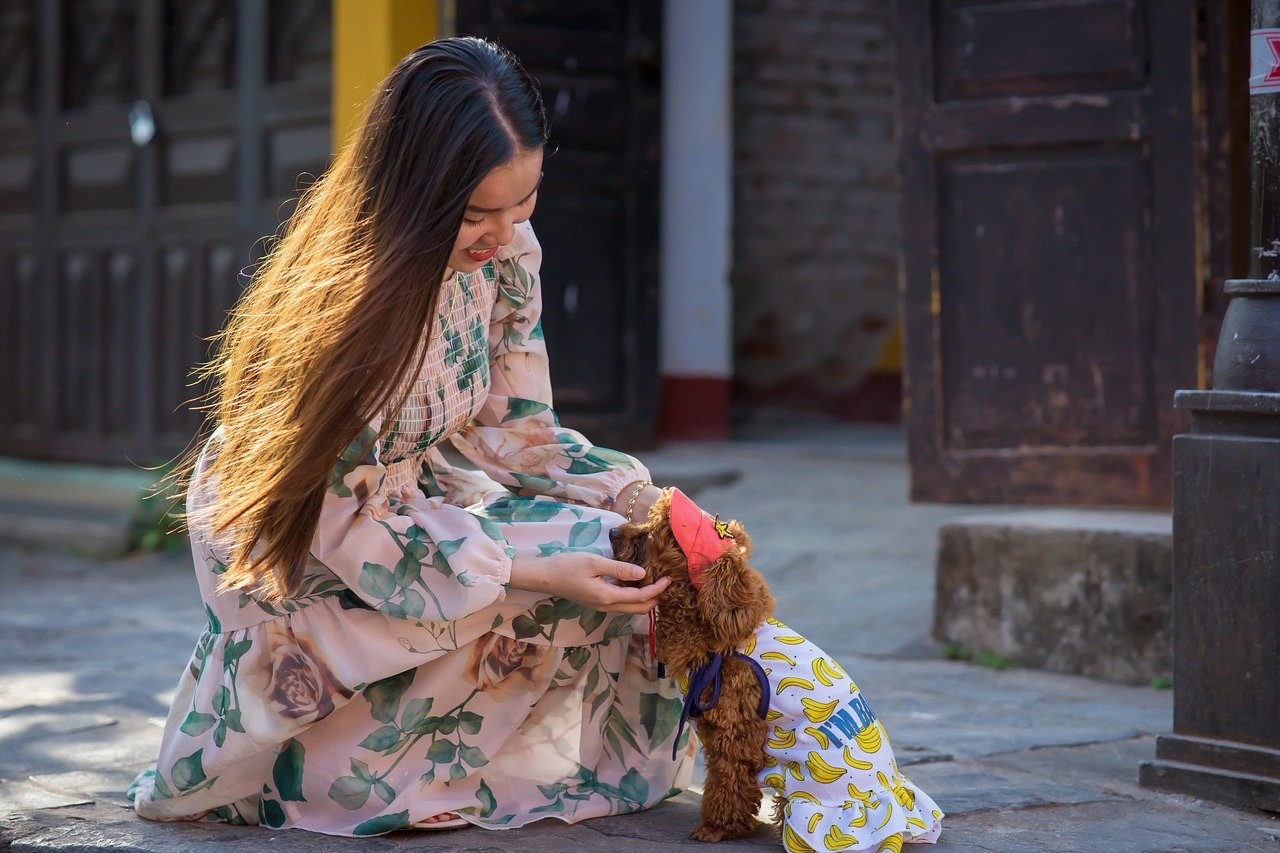Have you ever looked into your dog’s eyes as you close the crate door and felt a strange pang of guilt? I have. For years, I believed crating was the gold standard for responsible pet owners. Experts, trainers, and even my best friends swore by the crate as the ultimate tool for safety and training. Yet, something always felt off. One rainy evening, as I watched my loyal companion curl up on the cold plastic floor, it hit me: was I really doing what was best for him, or just following the crowd? That moment cracked open my thinking—and sent me down a path that changed both our lives. If you’ve ever doubted the crate, or simply wondered if there’s another way, this story is for you.
The Promise—and Problem—of Crate Training
Crate training is pitched as the ultimate solution for housebreaking, safety, and peace of mind. It’s sold as a way to mimic a den, promising security and a “safe space” for your dog. At first glance, it sounds caring and logical. After all, dogs descended from wolves, and wolves have dens, right? But if you look closer, the comparison falls apart. Wolves’ dens are not tiny cages—they’re roomy, natural, and open at both ends.
There’s also an emotional side to crating that rarely gets discussed. Dogs are social, pack-loving creatures. Locking them away—even for a few hours—can chip away at their sense of belonging and trust. I started to notice subtle changes in my dog’s behavior: a little more anxiety, a little less tail-wagging joy. It made me question whether the crate was truly helping—or quietly hurting.
Understanding the Roots of Crate Training
The history of crate training is surprisingly modern. Before the 20th century, most dogs lived outdoors or had free run of the house. The crate trend exploded alongside the rise of urban living, where space is tight and people worry about messes and destruction. It became a convenient fix for busy lifestyles, not necessarily a choice made for the dog’s happiness.
Many trainers and experts still recommend crates, but often with caveats that get lost in translation. The truth is, crating emerged as a human solution to a human problem: control. Dogs adapted, but not always willingly. When I learned this, it hit me hard. Had I bought into a trend that was more about my comfort than my dog’s well-being?
The Emotional Impact on Your Dog

Dogs are emotional creatures, just like us. When confined, many experience stress and anxiety—even if they don’t show it in obvious ways. My own dog started whining more, pacing the moment he came out of the crate, and even developed a nervous habit of chewing his paws. At first, I thought these were just quirks. Only later did I realize they were signs of stress.
Imagine being locked in a closet every time your family left home. No matter how many soft blankets or toys you have, you’d still feel isolated. Dogs crave companionship, movement, and the freedom to choose where they rest. The crate can quietly rob them of these simple joys, turning what should be a home into a series of locked doors.
Crate Training and Separation Anxiety

Many people believe crating helps with separation anxiety, but the opposite is often true. The crate can become a symbol of loneliness, intensifying the fear your dog feels when you leave. My dog started associating the crate with my absence, making goodbyes even harder and reunions more frenzied.
Experts now warn that crating can actually trigger or worsen separation anxiety in sensitive dogs. By locking them away during your absence, you reinforce their feeling of abandonment. Over time, this can lead to barking, howling, or even attempts to escape the crate—which can be dangerous and heartbreaking to witness.
The Myth of the “Safe Den”

We’re told that crates mimic the denning instinct, but dogs are not wild wolves. Their needs have evolved over thousands of years of companionship with humans. A den in the wild is a temporary shelter—it’s not a permanent prison. My dog, given the choice, never voluntarily retreated to his crate when he was scared or tired. He preferred the couch, the rug, or even the foot of my bed.
The idea that crates are always “safe” ignores the reality that many dogs hate confinement. Some will try to chew or claw their way out, risking injury. Others simply shut down and become listless. True safety for a dog comes from feeling secure in your presence, not from being contained in a plastic or metal box.
Alternatives to Crating: A World of Freedom

The first time I left my dog loose in the house, I was nervous. Would he chew the furniture? Have an accident? To my surprise, he was calmer than ever. With a little preparation—like dog-proofing certain rooms and providing interactive toys—he thrived. For the first time, our home felt like it belonged to both of us.
There are many alternatives to crating that respect your dog’s need for movement and independence. Baby gates, exercise pens, and designated dog-friendly rooms can all keep your dog safe without isolating them. With positive reinforcement and patience, you can teach your dog to settle down and behave, even when you’re not home.
Building Real Trust With Your Dog
Crating is often used as a shortcut for trust. But real trust is built through consistency, patience, and understanding. When I stopped crating, I had to work on my relationship with my dog—teaching him what was okay and what wasn’t, rewarding good behavior, and gently correcting mistakes. It took effort, but the result was magical: a deeper bond and a happier, more confident dog.
Trust isn’t built behind bars. It’s built through freedom, choice, and kindness. Giving your dog more autonomy might feel scary at first, but it pays off in loyalty and love. My dog started following me from room to room, not out of fear, but out of pure joy in our shared life.
The Surprising Benefits of a Crate-Free Life

Once I ditched the crate, the changes in my dog were astonishing. He became more relaxed, less anxious, and more playful. Our walks improved, and he started greeting visitors with a wag instead of a bark. The house felt less like a set of boundaries and more like a true family home.
Living crate-free also forced me to address the real causes of bad behavior—like boredom or lack of exercise—instead of just locking them away. I became a more attentive, responsive owner. My dog started to trust me more, knowing I would meet his needs instead of confining him when things got tough.
Puppies and Crating: Rethinking the Rules
Puppies are often the main targets for crate training. It’s true that they need guidance and boundaries, but a crate isn’t the only answer. When my dog was a puppy, I used baby gates and constant supervision instead. Yes, there were a few accidents, but we both learned quickly without the stress of confinement.
Puppies thrive on exploration and interaction. Instead of locking them away, try setting up a safe puppy-proof zone where they can play and rest. Use positive reinforcement to shape good habits from the start. It’s a little more work, but the payoff is a puppy who trusts you and feels secure in their home.
When Crating Might Still Make Sense

While I no longer crate my dog, I recognize there are rare situations where crating is necessary—like for medical recovery or during travel. In these cases, the crate should be used thoughtfully, never as a long-term solution. It’s about balance, not blanket rules.
If you must crate, keep sessions short and always pair the crate with positive experiences. Never use it as punishment. Your dog should see the crate as a temporary place, not a permanent home. Listen to their signals, and be ready to adapt if they show signs of distress.
Listening to Your Dog’s Needs

Dogs communicate in countless ways, from barks to body language. Once I stopped crating, I became a better listener. My dog told me when he was scared, bored, or simply needed to stretch his legs. I learned to read his cues, and he learned to trust me with his feelings.
Paying attention to your dog’s emotional and physical needs is the best way to prevent problems before they start. Instead of relying on the crate as a quick fix, try tuning into your dog’s unique personality and preferences. You might be surprised by how much happier and more balanced your dog becomes.
The Joy of Shared Freedom
Letting go of the crate was about more than just changing a routine—it was about honoring my dog’s place in our family. Now, when I come home, I’m greeted by a wagging tail and a happy face, not desperate barking from behind bars. Our bond has deepened, and our home feels warmer.
Shared freedom isn’t chaos—it’s harmony. By giving my dog a little more trust and space, I found more joy, more laughter, and more love in our everyday life. Isn’t that what being a dog lover is really all about?

Andrew Alpin from India is the Brand Manager of Doggo digest. Andrew is an experienced content specialist and social media manager with a passion for writing. His forte includes health and wellness, Travel, Animals, and Nature. A nature nomad, Andrew is obsessed with mountains and loves high-altitude trekking. He has been on several Himalayan treks in India including the Everest Base Camp in Nepal.





